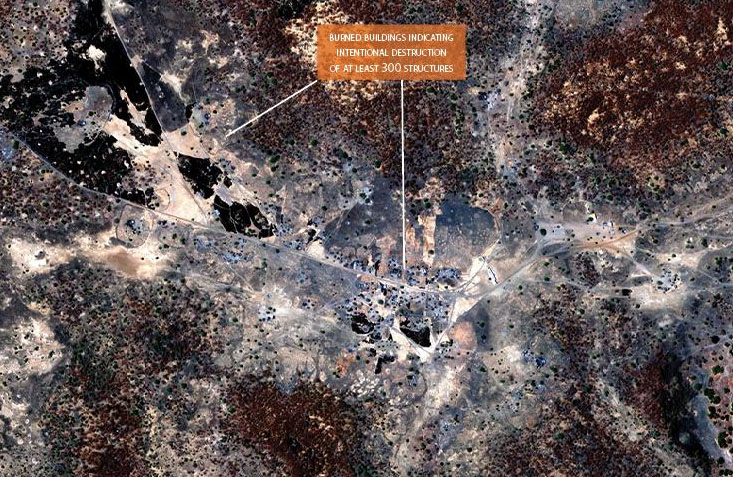
This opinion piece co-authored with Charlie Clements, executive director of the Carr Center for Human Rights Policy at the Harvard Kennedy School, originally appeared on GlobalPost.
The wall of impunity that has long protected war criminals is crumbling. And that process is now accelerating through the use of technology.
Atrocities committed during military actions or in campaigns of ethnic cleansing used to be routinely denied, disputed, and covered up for years. With the advent of the International Criminal Court a decade ago, investigations and charges of war crimes, crimes against humanity and genocide began to come more quickly and the accused perpetrators have been put under a harsh spotlight while the court's process moved forward.
Now, through innovative use of satellite imagery and analysis, these crimes are being exposed in near real time.
The latest war criminal to be caught in the act is a serial offender: Sudan’s President Omar al-Bashir. The attacks launched during the past three months by Bashir’s armed forces on Abyei, the contested border region between Sudan and the new Republic of South Sudan, and in the Nuba Mountains of South Kordofan state have the hallmarks of the tactics his regime used in Darfur. Similar attacks on civilians, forced displacements, and destruction of livelihoods in Darfur eventually led to charges of genocide against Bashir by the International Criminal Court.
Unlike in previous cases of attacks on civilians by Bashir’s regime, we don’t need to wait for fragmentary reports from the ground to be investigated to piece together what happened. This time, we have publicly available satellite imagery that shows what happened almost in real time. The Satellite Sentinel Project, initiated by George Clooney and the Enough Project, provided nearly immediate evidence of this new wave of crimes committed against the civilian population in and around Abyei town.
Now the project has provided satellite images of apparent mass graves in South Kordofan which corroborate eyewitness accounts from the ground of systematic killings and dumping of bodies into recently dug trenches.
The normal campaigns of disinformation by the Government of Sudan are easily refuted by the Sentinel Satellite Project's reports. High-resolution DigitalGlobe satellite imagery, captured for the project, showed the presence of at least 10 Sudan Armed Forces main battle tanks, mobile artillery pieces, and infantry fighting vehicles in Abyei town.
Analysis of the images by the Harvard Humanitarian Initiative also revealed that up to one-third of civilian structures in Abyei town had been burned and corroborated the reports of mass displacement of tens of thousands of civilians.
Click to continue reading.
Photo: Satellite image of burned villages in Abyei (Satellite Sentinel Project)

